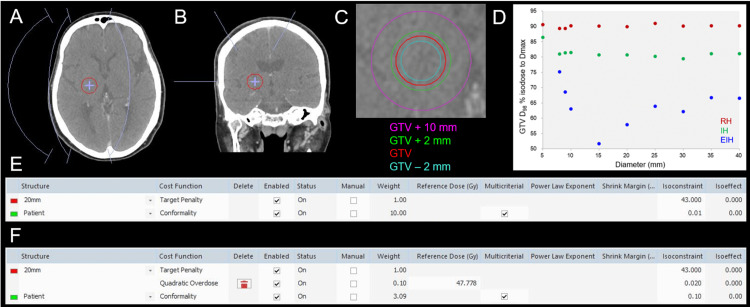Figure 1. The materials and methods for this planning study and resultant dose inhomogeneities of the gross tumor volumes.
The images show the location of a gross tumor volume (GTV) of 20 mm in diameter, the isocenter, and the arc arrangement (A, B); axial view (A); coronal view (B); GTV and other object volumes for evaluation (C); % isodose for GTV D98% as a function of GTV diameter (D); and the cost functions (CFs) used for the optimization of volumetric modulated arc-based radiosurgery (VMARS) (E, F).
(A, B) The arc arrangement consists of one coplanar arc and two non-coplanar arcs with each arc length of 120º, which are allocated to divide the cranial hemisphere evenly. The collimator angles for each arc are separately set to be 45, 90, and 135º. (D) The scatter plots show the % isodose surfaces (IDSs) covering 98% of GTV (D98%) normalized to 100% at the maximum dose (Dmax, D0.001 cc), as a function of GTV diameter, without any significant correlations (rho = -0.217, -0.467, and 0.188 for the EIH, IH and RH plans, respectively). (E) Only two cost functions (CFs) are adopted for optimization of the extremely inhomogeneous (EIH) dose plan, without any dose constraint to the Dmax or the use of any dummy structure. The 20 mm and patient structures represent 20-mm GTV and the body surface contour, respectively. (F) Three CFs are used for the optimization of the inhomogeneous (IH) and rather homogeneous (RH) plans, in which the Quadratic Overdose CF is added to constrain the Dmax of GTV. The VMARS optimization was simply and uniformly performed by only adjusting the isoconstraint value of the conformality CF to ensure ≥98% coverage of GTV and minimization of the surrounding tissue dose outside the GTV.

